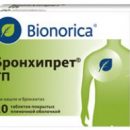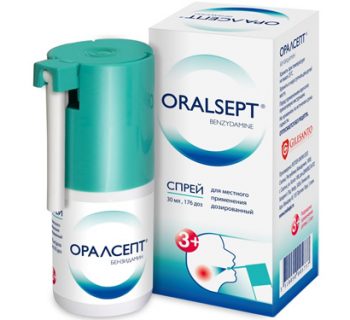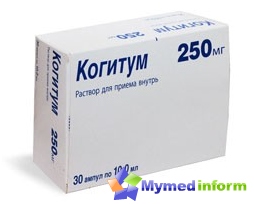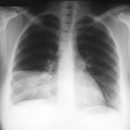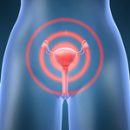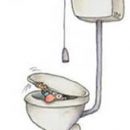General information about the drug
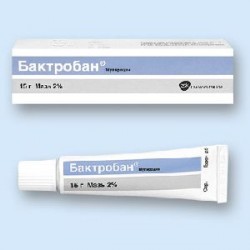
The active component of Bactan is an effective antibiotic Mupirocin, which provides local, that is, the local action on pathogenic microorganisms, pathogens of a number of diseases on the skin and mucous membranes. Bactroban comes to our country from the UK, there it is produced in two dosage forms:
- 2% ointment, packaged in tubes of 15 grams (applied to the skin);
- 2% nasal ointment, packaged 3 grams in comfortable tubes with a special tip, helping to introduce medicine into nasal moves.
In addition to Mupirocin, the outer ointment includes: polyethylene glycol 3350 and polyethylene glycol 400.
Auxiliary substances for intranasal ointments are somewhat different: Softizan 649, soft white paraffin.
Bactroban for outdoor use in pharmacies costs about 350 to 440 rubles. But there is a synonym, supplied from India under the title «Supirocin», Its price is much lower - from 250 to 280 rubles.
pharmachologic effect
Once on the skin or mucous membranes, Bactroban is trying to fight aerobic gram-positive and gram-negative microbes, such as Staphilococci, Streptococci, neasery, escherichia, klepsiella, protein ... In different concentrations, the medicine inhibits (brakes) or completely stops the synthesis of proteins (proteins) in the walls of bacterial cells, violates the process of their division or completely destroys the harmful microbes. Thus, a bacteriostatic or bactericidal action is manifested. It has been established that the drug has a destructive effect even on those microorganisms that show resistance to many antibacterial agents. If the tissues on which the drug is applied is intertwined, it is not absorbed into the blood, with their damaged state - is metabolized into monia acid, which is then excreted by the kidneys.
When bacteroban is applied?
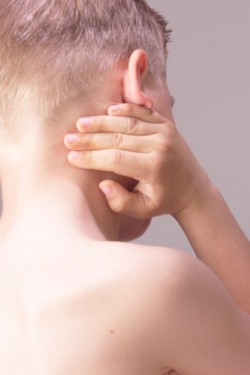
And now consider cases when baccanel ointment may be useful:
- The appearance on the skin of solid Furunculov and furuncoolose. The furuncle is caused by streptococci or staphylococci, purulent-necrotic inflammation occurring in the hair follicles located on the skin. If the furunculae is almost pouring at different parts of the body, then the diagnosis is made «furunculosis». Most often, furuncules are localized on the face, neck, back, shoulders, buttocks. To cope with the disease, it is necessary to destroy the perpetrators - causative agents of infection.
- Impetigo - also the skin disease arising from streptococci and staphylococci. With streptococcal impetigo on the skin, slightly towering bubbles appear in size from 2 to 10 mm, which are prone to peripheral growth. Rashes are sometimes bored in groups, often surrounded by a red rim. The content of such formations is first transparent, and then begins to curly, then the sinking process is followed - yellow crusts appear, which in a week usually disappear, but there remains depigmentation in their place. Our site will list the varieties of streptococcal impetigo: dry pyoderma (redness of the skin with peeling foci on face) or simple deprived. Another variety, which occurred most often in children - Streptococcal snags in the corns of the mouth.
- Surface folliculitis - hennament of a semi-like or conical shape with a diameter of up to 5 mm, associated directly with the mouths of the hair funnel, surrounded by a reddish rim. On the third day, the contents are sneaking and a brown crust is formed, after its disappear, small pigmentation and exfoliation are saved.
- Deep folliculitis - painful inflammation in the form of a dense knot having a red color pealed. A few days later, this formation is revealed, or a yellow crust occurs. Folliculite perpetrators: Golden or White Staphylococci.
- Extmas - inflammation on the skin, in which the bubble is present in the bubble, sometimes bleeding impurities. On the third day, usually the integrity of the bubble is broken, it is covered with a loose crust of yellow color. If the crust is removed, then a ulcer with an uneven base is noticeable, it heals it for a long time - about three weeks. Most often occurs on the lower limbs due to calculations and microbes.
- Secondary infections that joined with eczema, small wounds, burns, Absadines, insect bite.
- Prevention to prevent bacteria from entering rolling, cut, abrasion, with operational interventions.
- Nasal ointment is shown in inflammation occurring in the nasal cavity caused by staphylococcal.
Surface Panariums - a type of bubble impetigo, appearing on the nail roller during injuries, on the site of sowing.
Vulgar impetigo - mixed inflammation for which the purulent content of bubbles and massive peels. If the patient tries to trim the crust, then the wet erosion surface is exposed, which contributes to the spread of infection to nearby skin areas.
Methods of application
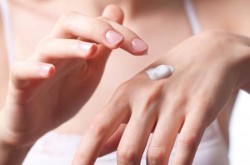
Outdoor ointment should be applied with a small layer on the affected areas of the skin from two to three times a day. It is allowed to apply an aseptic bandage from above, glue a bactericidal plaster. Depending on the efficiency, the course may last up to 10 days. This ointment is not recommended to be used simultaneously with other drugs for outdoor use, as this can reduce its therapeutic properties due to the risk of dilution of other ointments.
Intranasal ointment is designed to introduce it into the nose two or three times a day. After entering a small amount of ointments in both nostrils, squeeze them with two fingers, so that at that moment a uniform distribution of ointments occur on all the nose mucosa. The course of the treatment of staphylococcal lesions of the nose - about a week. According to the rules, it is assumed after applying a cone-shaped applicator on a tube wipe with a cottage, moistened with 70% alcohol. For the convenience of introducing ointments, you can use cotton wands.
These ointments are allowed to use both adults and children. Do not forget to wash your hands well after the procedure. And take care of your eyes to accidentally ointment.
Whether side effects are possible?
Yes, some patients in the field of application of the drug appear burning, itching, sudden tingling, soreness. Rarely, but still there are allergic reactions. Very rarely in intranasal administration is noted rhinitis, Changes in taste sensations. If the patient has increased sensitivity to any component of ointments, then the drug is canceled.
There are no sufficient data on the fact that the drug can safely be prescribed to pregnant women and those who feed the baby breast. But sometimes doctors prescribe medicine for the treatment of cracks on the nipples. Then before feeding the baby, you must certainly clean the chest thoroughly.
Special conditions for storing this ointment is not required, it can be stored in home first aid kit In the room, where the temperature is not higher than 25 degrees. Cannot freeze ointment. Before use, pay attention to its shelf life, which is always indicated on the package. So that the medicine benefits, follow the recommendations of the doctor, properly dose it, observe the treatment time.

